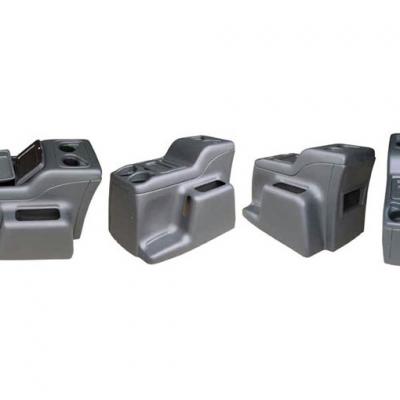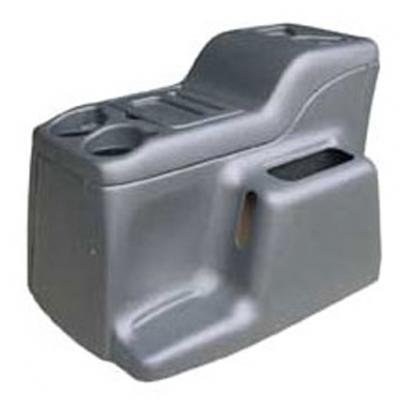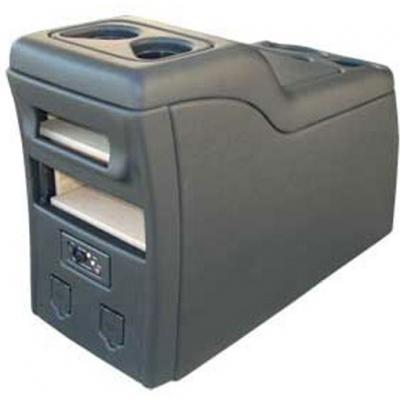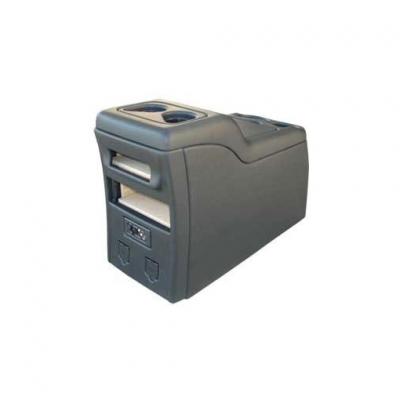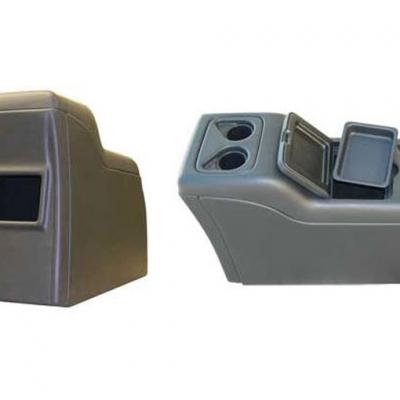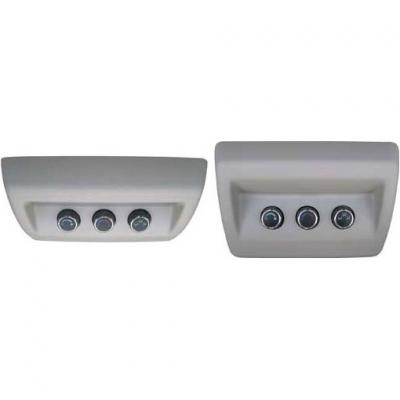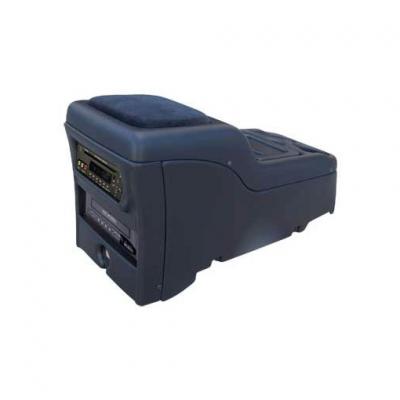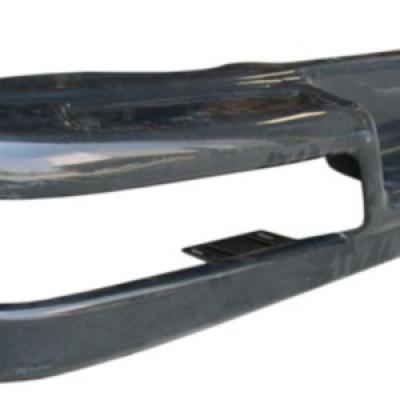Thermoforming is a highly versatile plastic manufacturing process that can produce a wide range of products, from simple trays to complex automotive components. Despite its widespread use, there are still many misconceptions about the thermoforming process.
In this article, we'll explore some of the most common misconceptions about thermoforming and set the record straight.
Misconception #1: Thermoforming is Only Suitable for Large Parts
While it's true that thermoforming is often used to produce large parts, such as automobile components, it's not limited to just large parts. Thermoforming can also be used to produce smaller parts with intricate details, such as medical equipment components or consumer electronics housings.
Misconception #2: Thermoforming Can Only Be Used with Certain Plastics
Thermoforming is a highly versatile process that can be used with a wide variety of thermoplastics, including polyethylene, polypropylene, PVC, and polycarbonate. The choice of material depends on the requirements of the specific application, such as strength, durability, or resistance to heat or chemicals.
Misconception #3: Thermoformed Parts are Inferior in Quality
This is a common misconception that is simply not true. Thermoforming can produce parts that are just as high in quality as those produced by injection molding or other manufacturing processes. The quality of the parts depends on a variety of factors, such as the quality of the material, the design of the part, and the skill of the thermoforming operator.
Misconception #4: Thermoforming is an Inherently Unsafe Process
Like any manufacturing process, thermoforming can be dangerous if proper safety procedures are not followed. However, thermoforming is not an inherently unsafe process. With the proper training and safety measures in place, thermoforming can be a safe and efficient process.
Misconception #5: Thermoforming is a Costly Process
Compared to other plastic manufacturing processes, thermoforming is generally considered to be a more cost-effective option, especially for larger parts or lower volume runs. Thermoforming molds are typically less expensive to produce than injection molds and can be made in a shorter amount of time, which can lead to cost savings.
Conclusion
Thermoforming is a highly versatile and efficient plastic manufacturing process that can produce a wide range of products with varying degrees of complexity. By dispelling these common misconceptions, it's clear that thermoforming is a viable option for many plastic manufacturing applications.



